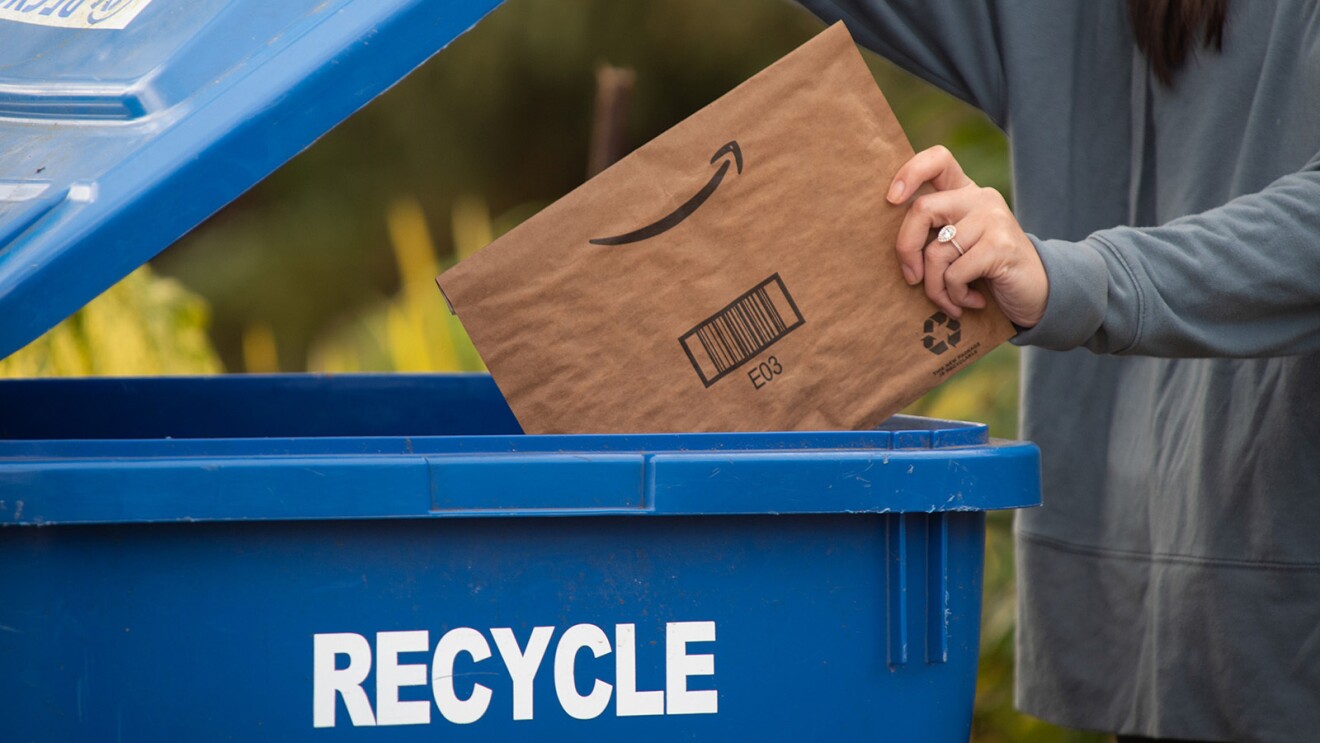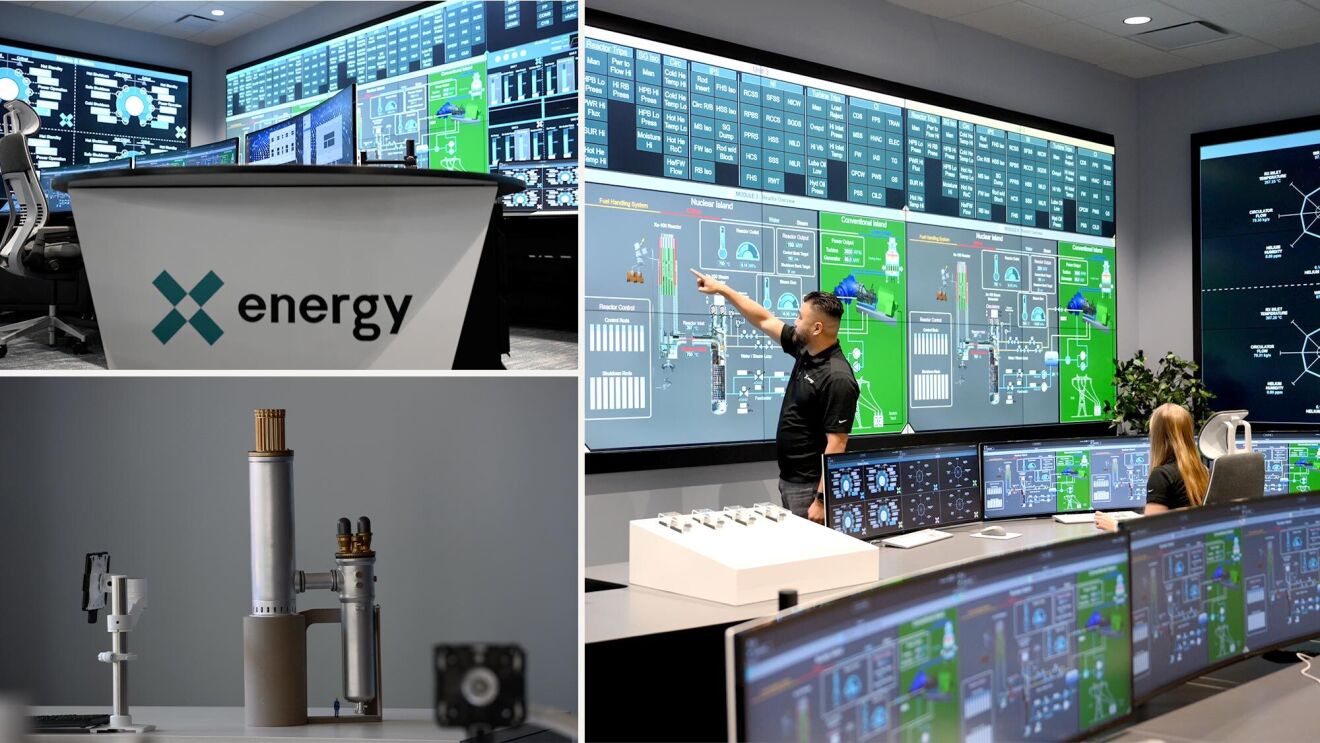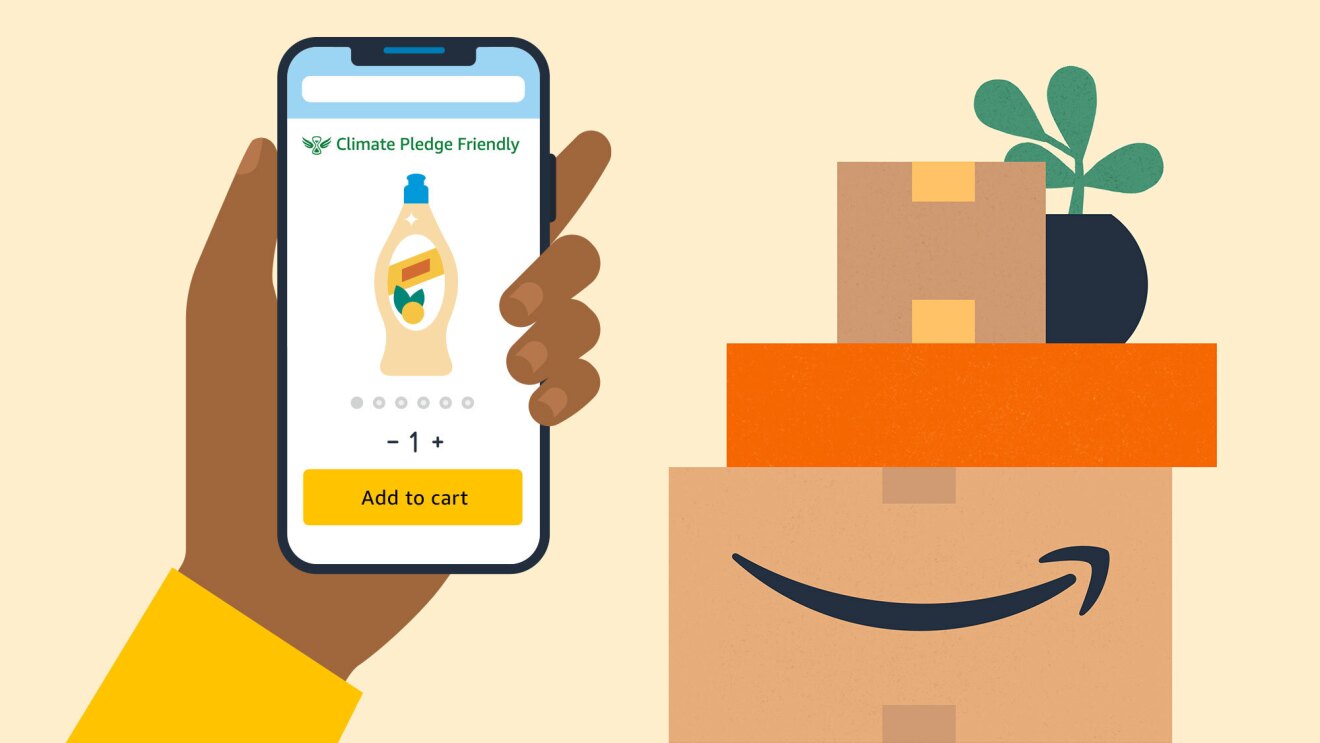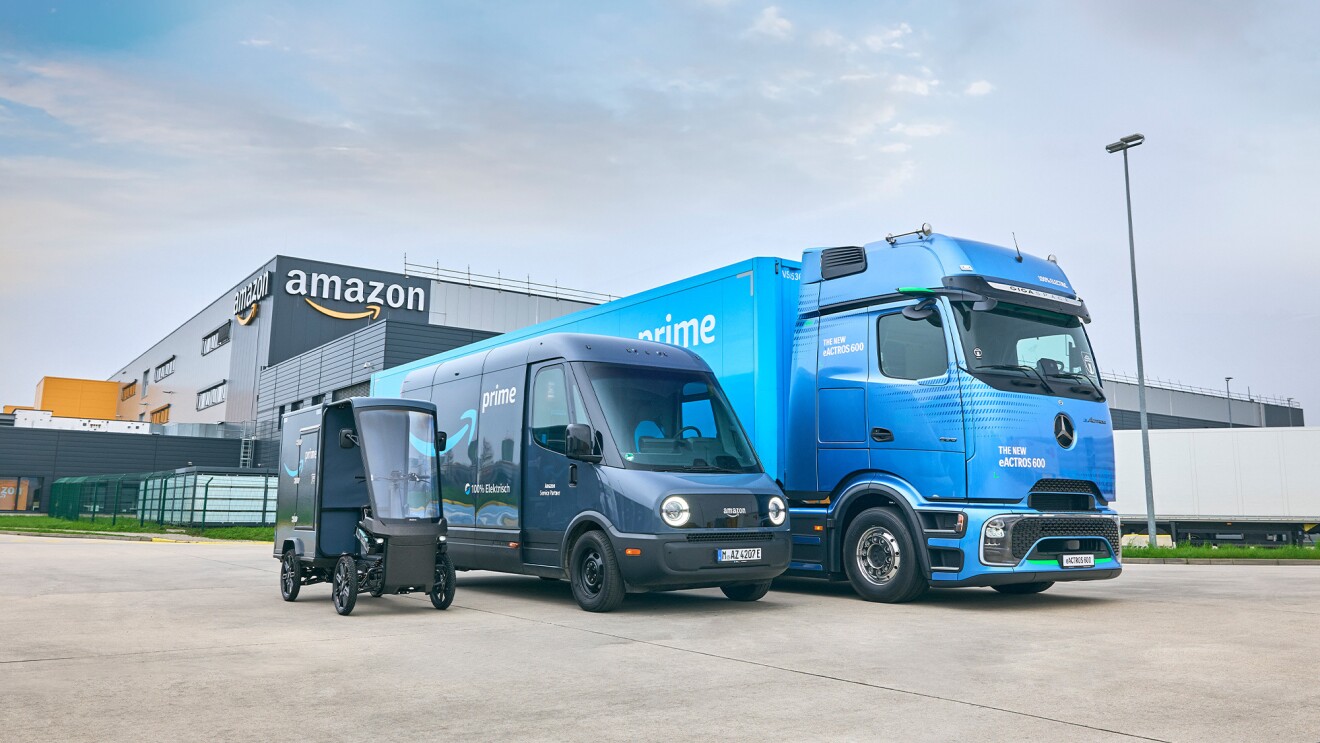Page overview
Scaling carbon-free energy through investments in wind and solar

In 2019, Amazon set a goal to match 100% of the electricity consumed across its global operations—including our data centers, corporate buildings, grocery stores and fulfillment centers—with 100% renewable energy by 2030. In 2023, we met this goal, seven years ahead of schedule, thanks to more than 500 solar and wind projects globally. In addition, we’ve been the largest corporate purchaser of renewable energy for four years running, according to Bloomberg NEF. Learn more details of how we reached this goal.

In 2023, we lowered our carbon footprint by 3% alongside our carbon intensity which decreased 13%. A declining carbon intensity indicates that we’re successfully decoupling our emissions growth from the growth of our business. The carbon intensity metric allows us to measure how our carbon footprint is changing relative to the growth of the business.

We’re always looking for ways to move faster, innovate, and deliver the best possible experience for our customers, and this requires working closely with those across our value chain. We’ve learned a lot over the years as we’ve worked to build sustainability into Amazon’s operations, and we want to share this knowledge with others so they can benefit from our experience. The newly launched Amazon Sustainability Exchange offers previously proprietary information that will help companies of all sizes take meaningful steps toward net zero.

When it comes to packaging, we start with protecting the product—ensuring customers’ orders arrive without damage. From there, we find ways to use less packaging and prioritize recyclable materials. Since 2015, we have reduced the average per-shipment packaging weight by 43% and avoided more than 3 million metric tons of packaging, including nearly half a million metric tons in 2023 alone. In Europe, we replaced our single-use plastic delivery packaging with 100% recyclable paper and cardboard packaging in our fulfillment network. And in the U.S., we announced Amazon’s first fulfillment center to eliminate plastic outbound packaging in, Euclid, Ohio, using 100% curbside recyclable paper packaging. Most recently, we shared that Amazon has replaced 95% of the plastic air pillows from delivery packaging in North America with paper filler, and are working toward full removal by end of year.
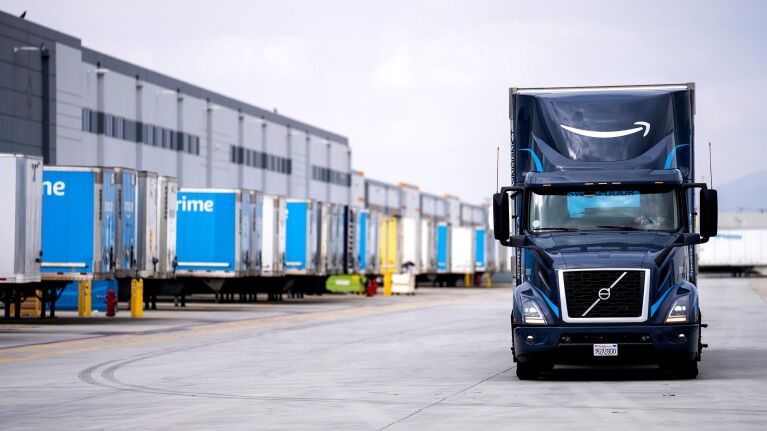
Customers around the world receive packages every day, and in many cities, have them delivered by electric vehicles (EVs)—we have more than 24,000 electric vehicles on the road all around the world, and in 2023, 680 million packages were delivered by EVs. We also restructured our U.S. operations, reorganizing our network of fulfillment centers, intermediate sort centers, last mile delivery hubs, and transportation fleet into eight regions. This new model allowed us to get products closer to customers, and optimize delivery speed, and reduce vehicle emissions by avoiding nearly 16 million miles traveled.
 Inside an AWS data center in northern Virginia.
Inside an AWS data center in northern Virginia.AWS designs its data centers—including servers and hardware—for efficiency, resiliency, and a lower carbon footprint. Efficiency is a primary goal for every part of the AWS Global Cloud Infrastructure, from the infrastructure that powers its servers to the techniques that keep them cool. Because of AWS's relentless focus on innovation and increasing efficiency, organizations can significantly reduce the carbon footprint of their AI and machine learning workloads by moving to AWS from on-premises. New research estimates AWS’s infrastructure is up to 4.1 times more efficient than on-premises, and when workloads are optimized on AWS, the associated carbon footprint can be reduced by up to 99%.

The Climate Pledge Friendly (CPF) program helps customers identify products that are vetted by one or more trusted third-party sustainability certifiers as well as our own. In 2023, more than 1.4M products were available for purchase from our Climate Pledge Friendly program, a 157% increase from 2022.
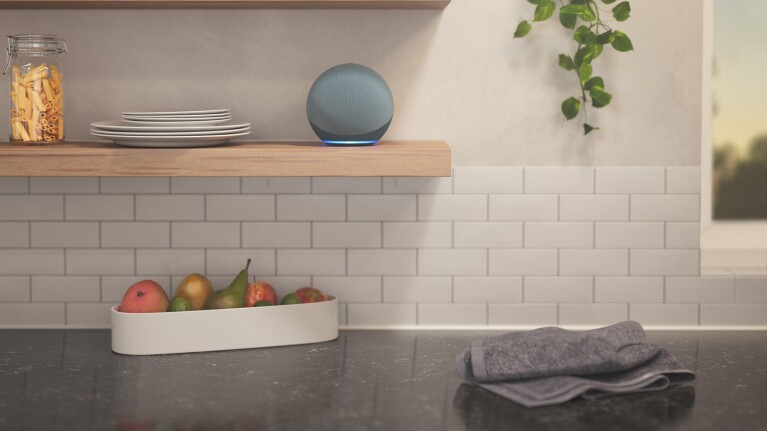
We consider the entire lifecycle of our devices—from how we build them to how our customers use and retire them. In 2023, we published the carbon footprint of newly launched Echo, eero, Ring, Fire TV, and Fire tablet devices directly on the product detail pages of Amazon.com in the US. And, by the end of 2023, over 67% of our Echo and Fire TV devices had Low Power Mode—a feature that reduces energy consumption on your Echo smart speaker or smart display and select Fire TV devices when they’re idle. We're continuing to work to deliver updates to bring this feature to older devices that are already in use.

Amazon collaborates with organizations that share our ambition to improve working conditions for people throughout our value chain. In 2023, we launched a partnership with the International Organization for Migration to promote the rights and socioeconomic inclusion of migrant workers in our supply chain and improve safe labor migration across industries. This year, we enhanced our work on safe and healthy workplaces in our manufacturing supply chain by joining Nirapon and the Life and Building Safety (LABS) Initiative. Nirapon is an industry-led initiative focused on promoting workplace safety in factories in Bangladesh. As a member we are supporting our suppliers through education and capacity building, promoting an approach to safety that is self-sustained and continuously improving. As a member of LABS, an industry initiative focused on mitigating preventable fire, electrical, and structural building safety risks, we are partnering with other brands to increase safety in our apparel supply chain in Cambodia, India, Indonesia, and Vietnam.

Access to clean water is fundamental yet increasingly scarce, and Amazon is taking steps to improve water use efficiency and replenish water sources. In 2023, Amazon set new standards for construction design in the U.S. to reduce indoor water use by 40%, and in our data centers, AWS was 41% of the way toward meeting its goal of being water positive by 2030. This includes investing 15 water replenishment projects that returned 3.5 billion liters to local communities in 2023.
Looking Ahead
Trending news and stories
- From the sofa to the sideline: Amazon's AI-powered Prime Insights take fans inside the game
- Getting started with Alexa+: How to unlock the full power of music discovery
- 10 tips to protect your Amazon packages this holiday season and beyond
- 8 awesome original shows to watch on Amazon Kids+, the award-winning subscription service for kids





